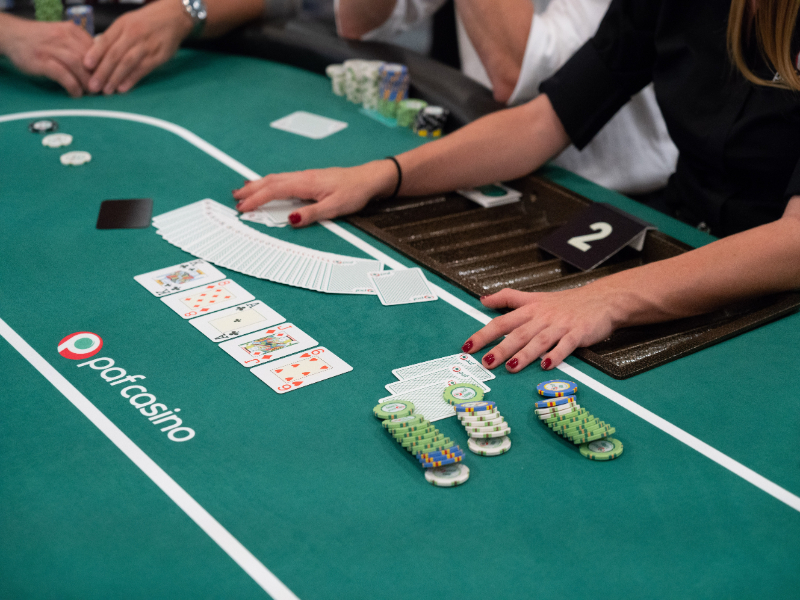Understanding Live Casino Real-Time Interfaces

Live casino platforms have transformed the way players experience online gaming, offering an interactive environment that closely resembles a real casino floor. Central to this immersive experience is the real-time interface, a combination of visual elements, controls, and live-streamed components that work together seamlessly. Understanding how these interfaces function can significantly improve a player’s comfort, confidence, and overall enjoyment while navigating live casino games.
A well-designed real-time interface allows players to track game progress, communicate with dealers, and make decisions instantly—just as they would at a land-based table. By taking the time to understand these systems, players can optimize their gameplay and reduce confusion, especially in fast-paced or time-sensitive situations.
How Real-Time Streaming Shapes the Interface
At the core of every live casino interface is real-time video streaming. The moment a https://jeetbuzz-88.com/ player joins a table, they witness a professionally operated studio with a dealer, gaming equipment, and multiple camera angles. This livestream is synchronized with digital elements, allowing the player to interact with the game instantly.
Advanced streaming technologies ensure minimal delay, meaning that bets, decisions, and dealer actions appear in real time. Smooth video quality contributes to clearer visuals of card deals, wheel spins, and game outcomes, making the entire experience more transparent and engaging. When streaming quality drops, it can interrupt the flow, so understanding bandwidth requirements and device compatibility becomes essential.
Interactive Betting Panels and Controls
One of the core components of a live casino interface is the betting panel. This area displays all available options—chips, wagering spaces, and game-specific functions. Players must make decisions quickly during the betting window, so a clean and intuitive layout is crucial.
The interface typically shows countdown timers, enabling players to see exactly how much time they have left before the next round begins. This helps reduce rushed decisions and improves strategic planning. The digital chips, bet confirmation buttons, and quick-undo options allow players to manage their wagers efficiently without slowing down the pace of the game.
Game Information and Live Statistics
To support informed decision-making, live casino interfaces often include real-time statistics, historical results, and game rules. Players can view previous outcomes, dealer history, hit percentages, or win patterns depending on the game. These statistics do not guarantee future results, but they offer valuable context and help players follow trends more effectively.
The interface also includes access to the game’s detailed rules. This is particularly helpful for beginners or those switching to a new variation of a familiar game. Quick access to the rules ensures players stay aligned with game expectations and avoid unnecessary mistakes.
Chat and Interaction Features
Social interaction is a defining element of live casino play. Most interfaces include a chat box that allows players to communicate with the dealer and sometimes with fellow participants. The dealer responds verbally, creating a natural conversational flow within the game environment.
Understanding how to use the chat feature responsibly enhances the overall experience. Proper etiquette—such as polite language and relevant questions—helps maintain the room’s positive atmosphere. These real-time chat interactions make the session feel more alive and contribute to the authenticity of the casino experience.
Side Panels and Additional Gameplay Options
Many live casino interfaces incorporate additional features such as side bets, multi-table play, or enhanced viewing modes. These options allow players to customize their experience based on preference and skill level.
Side bets, for example, provide additional chances to win beyond the main wager. Multi-table play allows experienced players to participate in more than one live game at the same time, increasing excitement and engagement. Enhanced viewing modes, such as full-screen display or multi-camera angles, give players greater control over how they observe the game.
Security Indicators and Account Tools
Player security is a top priority in live casino environments. Interfaces typically display secure transaction indicators, account balances, bet history, and session time. Knowing where to find these tools helps players maintain control over their activities and track their spending effectively.
Real-time updates provide immediate feedback whenever a wager is placed or settled. This level of transparency helps build trust and ensures that players always know the status of their bets.
Conclusion
Understanding live casino real-time interfaces is essential for players who want a smooth, enjoyable, and interactive gaming experience. From video streaming and betting controls to chat features and security tools, every element of the interface is designed to provide clarity and enhance engagement. By familiarizing themselves with these components, players can navigate live casino rooms with confidence, make better decisions, and fully appreciate the immersive nature of real-time gaming. When the interface becomes second nature, the entire live casino experience becomes more satisfying and rewarding.





